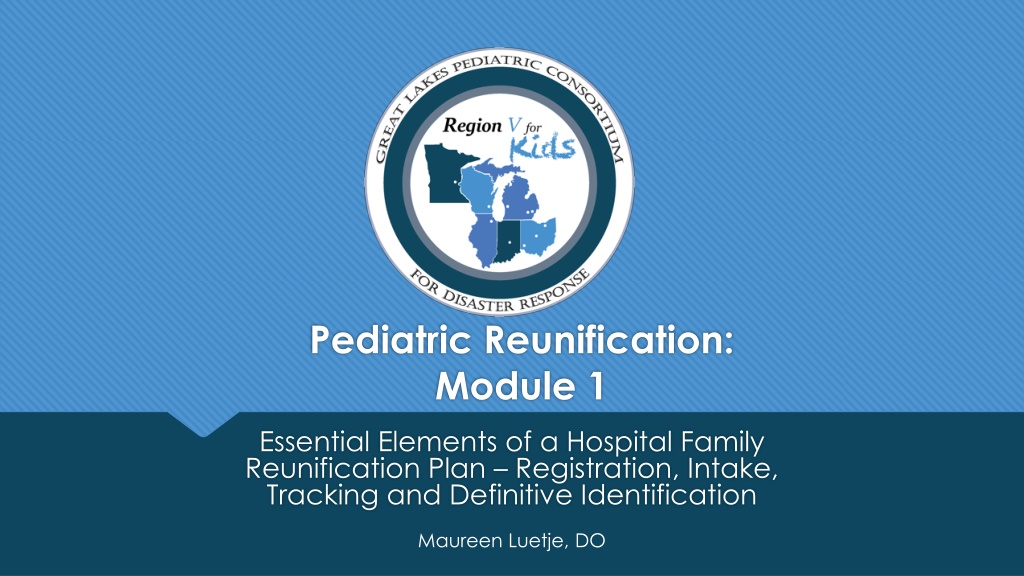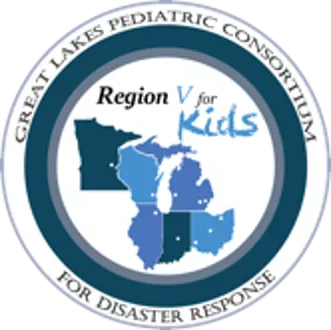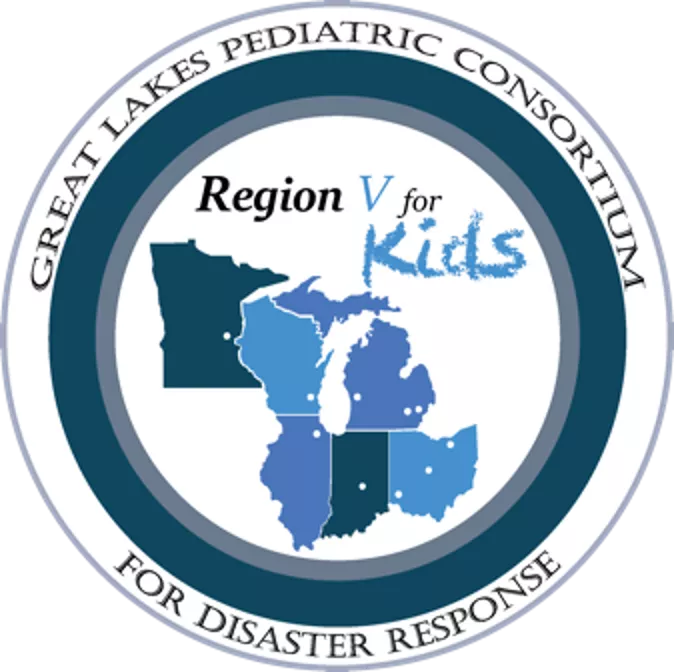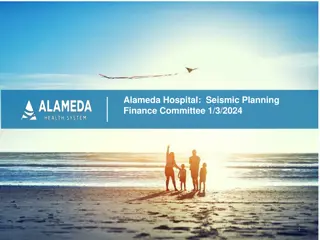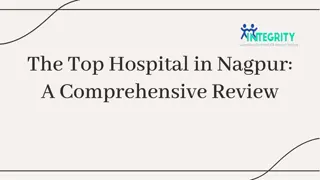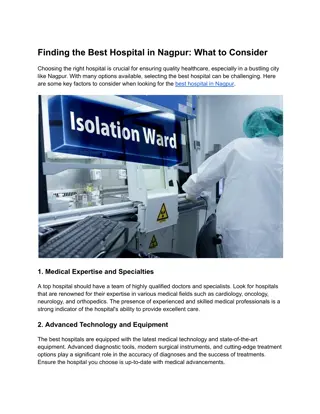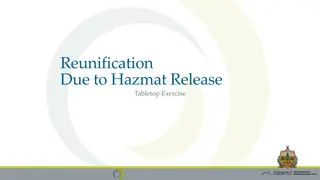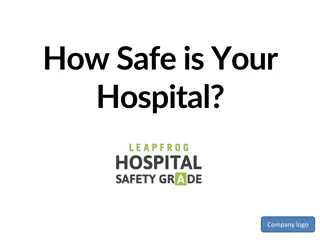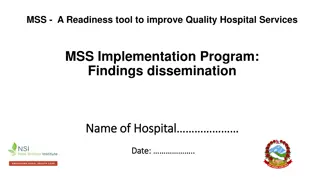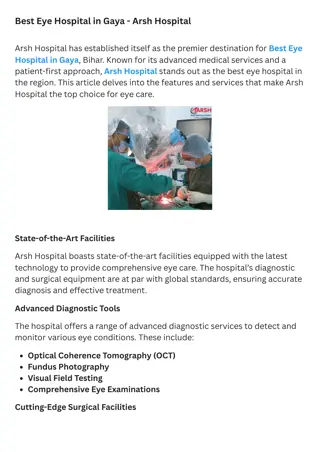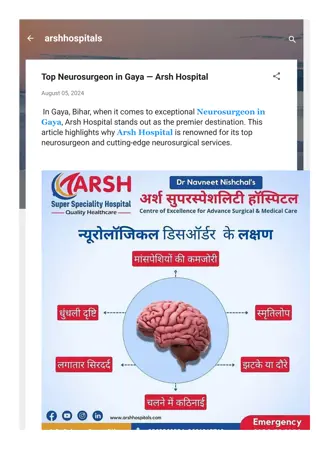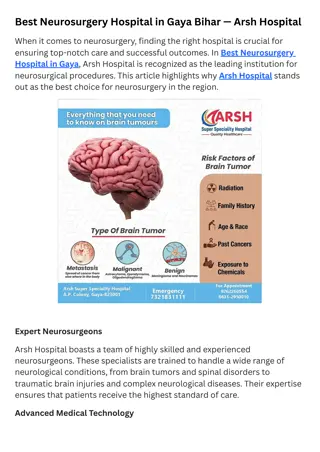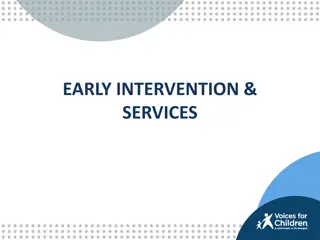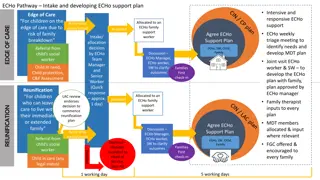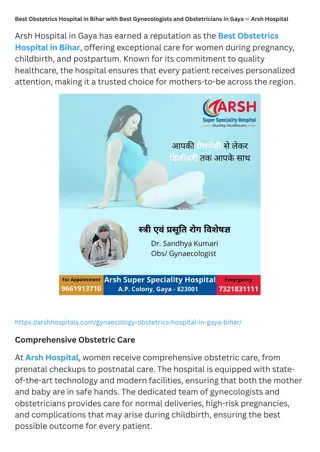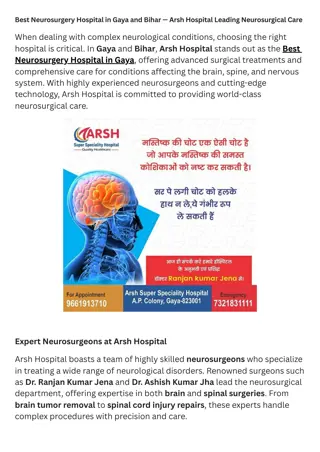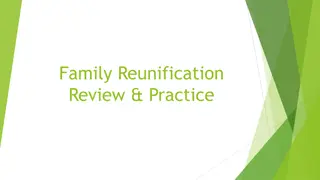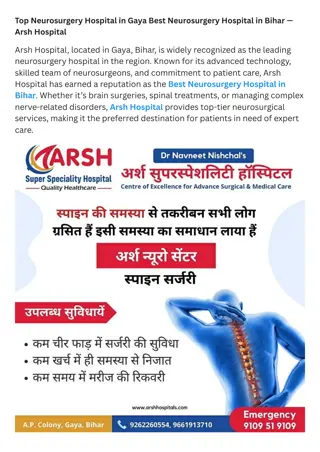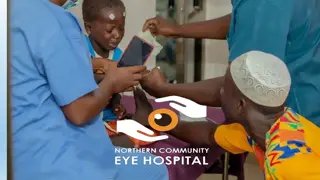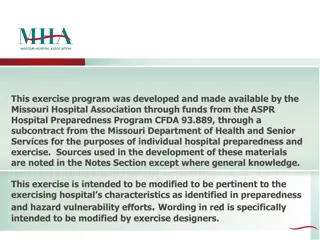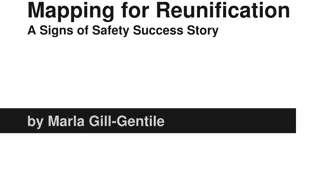Essential Elements of Hospital Family Reunification Plan
Family reunification is crucial in disaster medicine, especially for pediatric preparedness. This module emphasizes the importance of pre-planning for successful reunification efforts. Key elements include registration, intake, tracking, and definitive identification. Strategies such as utilizing electronic medical records, backup paper charting, and creating a structured registration process are discussed. Effective communication and organization are vital for a smooth reunification process during high-stress situations.
Download Presentation

Please find below an Image/Link to download the presentation.
The content on the website is provided AS IS for your information and personal use only. It may not be sold, licensed, or shared on other websites without obtaining consent from the author. Download presentation by click this link. If you encounter any issues during the download, it is possible that the publisher has removed the file from their server.
E N D
Presentation Transcript
Pediatric Reunification: Module 1 Essential Elements of a Hospital Family Reunification Plan Registration, Intake, Tracking and Definitive Identification Maureen Luetje, DO
Family Reunification: Registration, Intake, Tracking and Definitive Identification Family reunification is an important piece of disaster medicine and is essential for pediatric preparedness. Yet it is often an after-thought in the planning process. In order to lead a successful disaster implementation and coordinated family reunification, there needs to be forethought of supplies, strategy and space prior to an event happening. This module will go through the pre-work necessary for reunification efforts, as well as a process of implementation during the event This module is the first of 5 modules offered through R54K and PPN collaborative on successful family reunification for a pediatric disaster.
ESSENTIAL ELEMENTS DEFINITIVE IDENTIFICATION REGISTRATION INTAKE TRACKING -Hospital Policies -Transition of Care -EMR system -Paper charting -Single entrance for registration needs -Descriptors -Intake Templates -Photographs -Wristbands -Ambassadors -Charting 3
REGISTRATION o Electronic medical records (EMR) are useful for ensuring tracking of patients throughout the course of a hospital stay, but a large-scale disaster can cause electricity failure, loss of internet or an EMR overload and this may lead to complete loss of electronic medical systems. o EMR systems require regular training of disaster models and review of the system, to ensure that participating staff members can successfully use it during an event: o Disaster mode nuances o Turnover of staffing o Hospital systems have back-up paper charting available, but having a disaster-specific bin with easy to fill in paper registration can be used in times of high stress on the hospital system. These forms can follow the patient to ensure there is flow of information, when the normal processes have been disrupted. 4
CONTACT POINT Registration needs to occur from the moment of arrival into the system. * Registration personnel at every point of entry in order to capture all patients * Consider filtering all patients into one entry point to ensure organization and capturing of each person arriving Any identifying information should be obtained at the start of this registration process (clothes worn, accompanied by whom or what EMS service, location found ). Some patients may be assigned a disaster pseudonym, but any naming identification obtained during the registration process should be linked to the chart 5
INTAKE o The use of an instant print camera or easy photo technology within the EMR system provides an important layer of identification and is strongly recommended to help with the organization and ability to identify patients 6
INTAKE INFORMATION o Intake forms are a useful way to gather descriptive information about a person. This information can then be organized into groupings, which can decrease the burden of possible matches to compare during a large- scale reunification need. o Logically it would seem that the more information given on an intake form, the better chance of making a reliable match o A recent study by Rebmann, Charney and Marzarra,1 collecting the most useful identifying information is key to making the reunification system efficient for speed and accuracy 1 Rebmann, PhD, RN, CIC, FAPIC, T., Charney, MD, R. L., & Mazzara, MPH, R. L. (2022). Utility of child physical characteristics and verbal descriptors to aid in family reunification during disasters. American Journal of Disaster Medicine, 17(1), 5 12. https://doi.org/10.5055/ajdm.2022.0415 Age Gender Race Eye Color Brown vs non- brown 7
INTAKE FORM FOR UNACCOMPANIED MINORS Date of birth Height Weight Eye color Hair color Race/ethnicity Gender Picture of child at time of presentation School or daycare name Pet name or favorite stuffed animal Clothing worn at time of event Significant belongings that patient may have with them - jewelry Location patient came from Mechanism of arrival from the event Ambulance number Police car info Good Samaritan info 8
Disasters and Reunification Template Intake Form for Unaccompanied Minors 9 Patient Intake Form Template
Registration and Intake Template Forms National Center for Missing and Exploited Children Coyote Campaign Utah Crisis Standards of Care MN Dept of Health Registration Sheet 10
TRACKING TOOLS o Wristbands o Color coded for unaccompanied children o Patient Ambassadors o Assigning a staff member to each unaccompanied minor o EMR o Epic Disaster Mode o Juvare o Paper Chart o QR codes for EMR integration 11
DEFINITIVE IDENTIFICATION o Many hospital systems have a policy in place for confirming identification and appropriate placement of a minor. Please reach out to your hospital for specific rules. o Definitive Identification may be different based on the degree of the event o During a large-scale event, the typical procedures for identification may not be feasible- internet access unavailable, no legal identification on guardians or for minors, unable to obtain photos of minors, overwhelmed governmental child services or law enforcement due to ongoing event. o The placement of minors to their guardians may take hours to days to ensure no misplacement occurs. This should be transparent from the start of the reunification process. 12
DEFINITIVE IDENTIFICATION o If a child cannot be definitively identified and placed with an appropriate guardian, the hospital should have plans in place to maintain care for children who do not require ongoing medical care for a specific timeframe. Preparations should be made for this temporary care prior to an actual event occurring. o For minors unable to be reunited to their guardian, the state s child and family services should be contacted for temporary custody of the child. o Child services will work with local law enforcement to continue the reunification of minors with their families. 13
FAMILY REUNIFICATION RESOURCES AAP Reunification Toolkit EIIC - Patient Tracking and Family Reunification Western Regional Homeland Security Advisory Council Family Reunification Plan Template: https://wrhsac.org/wp- content/uploads/2017/10/Family-Reunification- Plan-Template_FINAL_8-31-17_incl.-appendices- pages-all-portrait.pdf ASPR TRACIE: https://asprtracie.hhs.gov/technical- resources/64/family-reunification-and-support/0 Coyote Campaign: https://coyotecampaign.org/wp- content/uploads/2023/02/Hospital-Reception- Site-Planning-Guide-Final-for-Arizona-2-14-23.pdf o o o o o o o o 14
What to look forward too Module 2: Hospital Family Reunification Center, Pediatric Safe Area and Family Reunification Site o Module 3: Information Sharing, Security Concerns and Legal Considerations o Module 4: Plan Activation and Exercising Family Reunification Plans o Module 5: Recovery o 15
REFERENCES US Hospital Preparedness to Manage Unidentified Individuals and Reunite Unaccompanied Minors with Family Members During Disasters: Results from a Nationwide Survey. Health Secur. 2021 Mar-Apr;19(2):183-194. doi: 10.1089/hs.2020.0065. Epub 2020 Dec 1. PMID: 3325975 Federal Emergency Management Agency (FEMA) Ready Campaign. (2013). Post-Disaster Reunification of Children: A Nationwide Approach. https://www.ready.gov/sites/default/files/2019-06/post_disaster_reunification_of_children.pdf Separated after a disaster: trust and privacy issues in sharing children s personal information. Disaster Med Public Health Prep. 2019;13(5-6):974-981. A novel image-based tool to reunite children with their families after disasters. Acad Emerg Med. 2012 Nov;19(11):1227-34. (Is free on Pubmed) Utility of child physical characteristics and verbal descriptors to aid in family reunification during disasters. American Journal of Disaster Medicine, [S.l.], v. 17, n. 1, p. 5-12, mar. 2022. Utah Crisis Standards of Care. Version 2 2018. https://health.utah.gov/wp-content/uploads/Utah-Pediatric-CSC- Guidelines.pdf Minnesota Department of Health Pediatric Safe Area Registration Sheet. https://www.health.state.mn.us/communities/ep/surge/pediatric/minors.pdf Coyote Campaign Hospital Reception Site Planning Guide 2023. https://coyotecampaign.org/wp- content/uploads/2023/02/Hospital-Reception-Site-Planning-Guide-Final-for-Arizona-2-14-23.pdf 16
MOC Part 4 - Credits o MOC Part 4: Points: 25 o Qualifications: o Participation OR Asynchronous view of the 5 educational modules o Participation in the Reunification Post-Survey o Submit list of Reunification Plan Improvements to RVFK
Region V For Kids Social Media Email: regionvforkids@gmail.com LinkedIn: www.linkedin.com/company/region-v- for-kids-coe/ o o o Twitter: @RegionVforKids o Website: QR Code to Website
THE END 20
